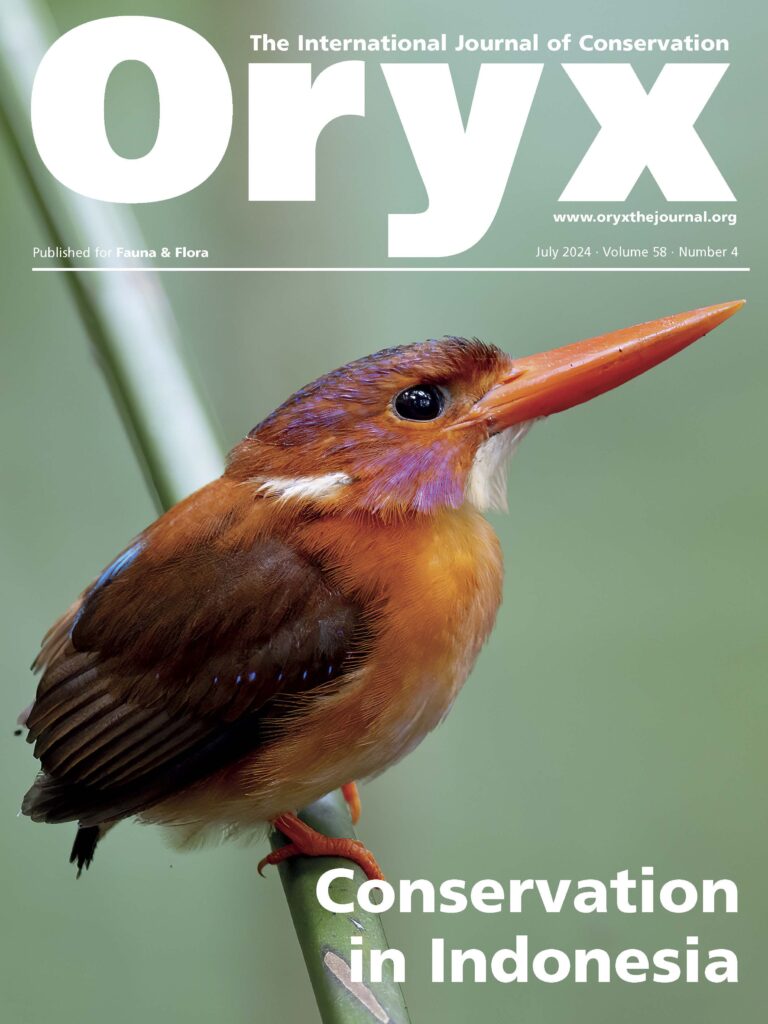Otters are top wetland predators and their decline has a profound impact on food webs, biodiversity and habitats. They need good water quality and are therefore useful environmental indicators. Three otter species have been recorded in Central America. The Near Threatened Neotropical otter Lontra longicaudis is the most widely distributed species in the region. It has suffered from habitat loss and hunting and is now close to extinction in some areas. The Least Concern North American river otter Lontra canadensis was only confirmed in the region in 2019, in north Mexico, and more information on this species is required. The Endangered southern sea otter Enhydra lutris nereis was once common in Baja California, Mexico, but was wiped out by hunting for its fur. There have been sightings of this species in the region since 1961, most recently in 2011, and it has been suggested that reintroduced animals may have spread from St Nicholas Island, California.
Otters in Central America are threatened by climate change, habitat degradation, pollution, overfishing and conflicts with fishers, but few people are studying otters and their habitats in the region. To support the next generation of otter researchers, the International Otter Survival Fund and Nutrias de México, an NGO specializing in otter conservation, held a training workshop in November 2023 in Mexico.
Forty-seven participants attended in person or virtually from eight of the nine countries with native wild otters (Belize, Costa Rica, El Salvador, Guatemala, Mexico, Nicaragua, Panama, and Trinidad and Tobago); only Honduras was not represented. In the last session of the workshop the participants joined together to form the Nutrias de Centromérica Network, and they have already made significant progress. All members are now searching for data to establish the status of otters in their countries. In Belize, otter spraint has been recorded and camera traps installed (donated by Idea Wild), and World Otter Day will be celebrated with primary schoolchildren in two communities. The International Otter Survival Fund Costa Rica has been formed and is working on education/awareness and research.
In Mexico, monitoring of otter populations and habitat quality, and environmental education programmes, continue. The NGO Okapia, with support from various organizations, experts and university students, is surveying five rivers in Morelos State and measuring water quality to assess threats to otters; tracks have been found at two sites, one for the first time. Priorities for the Nutrias de Centromérica Network will be research and school and community education, and the enthusiasm of the members will undoubtedly lead to practical and effective otter conservation programmes in Central America.
Source link : http://www.bing.com/news/apiclick.aspx?ref=FexRss&aid=&tid=671a5623908e45c690bfd23514f903cc&url=https%3A%2F%2Fwww.cambridge.org%2Fcore%2Fjournals%2Foryx%2Farticle%2Fnew-otter-conservation-network-in-central-america%2F15FD181AD91C4C5CA53D8212FBD04B6E&c=1950722092475605658&mkt=en-us
Author :
Publish date : 2024-10-24 00:23:00
Copyright for syndicated content belongs to the linked Source.
